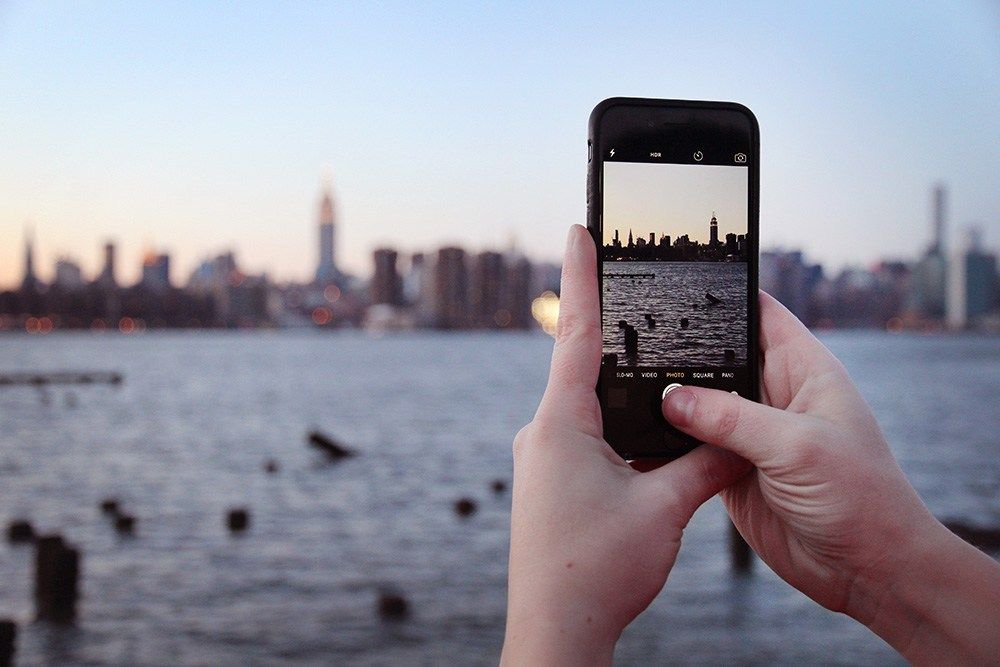Travel photography has undergone a remarkable transformation in recent years, thanks to the rapid evolution of smartphone cameras. What was once the domain of bulky DSLRs and expensive lenses is now accessible to anyone with a flagship smartphone in their pocket. In 2025, smartphone technology has reached new heights, empowering travelers to capture breathtaking landscapes, vibrant cityscapes, and candid moments with professional-grade quality—all without the need for heavy equipment.
Modern smartphones like the iPhone 16 Pro, Google Pixel 9 Pro, and Samsung Galaxy S24 Ultra are redefining what’s possible in mobile photography. Equipped with advanced image sensors, AI-powered optimization, and multiple lenses, these devices can now rival traditional cameras in both clarity and creativity. The inclusion of ultra-wide and telephoto lenses allows users to frame everything from sweeping mountain ranges to intricate architectural details with ease. Moreover, computational photography—powered by machine learning—enhances color balance, exposure, and texture, ensuring each shot looks vibrant and natural even in challenging lighting conditions.
One of the biggest advantages of using smartphones for travel photography is convenience. While traveling, moments are fleeting—an unexpected sunset, a street performer’s expression, or the reflection of city lights on water. Smartphones are always ready, fitting seamlessly into your hand or pocket, enabling spontaneous creativity. With high-speed processing and instant sharing options, travelers can edit and upload their photos in seconds, connecting their journeys with the world in real time through platforms like Instagram, Threads, and Pinterest.
Artificial intelligence has become the secret ingredient behind today’s smartphone photography revolution. AI-driven features such as scene recognition, auto HDR, and subject tracking adapt settings in real time, allowing even amateur photographers to produce professional-quality results. Features like Google’s “Magic Editor” or Apple’s “Smart HDR 6” automatically fine-tune skies, skin tones, and shadows to make images look perfectly balanced without manual adjustments. For those who crave more control, Pro modes offer options to tweak ISO, shutter speed, and aperture—blending simplicity with depth.
Low-light photography, once a major weakness of smartphones, has also improved drastically. The latest devices use larger sensors and night modes that combine multiple frames into one crisp image. This innovation has made it easier than ever to capture the northern lights, starry skies, or candle-lit dinners during travel. Similarly, 8K video recording, cinematic stabilization, and slow-motion features have turned smartphones into full-fledged travel filmmaking tools.
Another key reason travelers are gravitating toward smartphone cameras is their integration with smart ecosystems. Cloud storage, instant backups, and AI-based photo sorting make managing large albums effortless. Apps like Adobe Lightroom Mobile, Snapseed, and VSCO have simplified post-processing, offering tools once reserved for professionals. Even drone control and 360° photography are now integrated into smartphone systems, giving adventurers more creative freedom than ever.
Sustainability and minimalism have also influenced this shift. Modern travelers prefer lighter luggage and more eco-conscious choices. Carrying just a smartphone instead of multiple lenses, batteries, and accessories aligns perfectly with this mindset. Moreover, smartphone manufacturers are investing heavily in sustainability—using recycled materials, energy-efficient processors, and eco-friendly packaging—which resonates with today’s responsible travelers.
In essence, smartphone cameras have democratized travel photography. They’ve made storytelling more accessible, spontaneous, and authentic. Whether you’re trekking through the Himalayas, exploring a European street market, or capturing serene sunsets by the beach, your smartphone is now a powerful creative companion.
As technology continues to evolve, the future of travel photography will only get more exciting. With AI-driven editing, real-time filters, and even AR-based composition guidance on the horizon, the smartphone lens is becoming the traveler’s most trusted tool—not just for taking pictures, but for preserving memories that last a lifetime.

